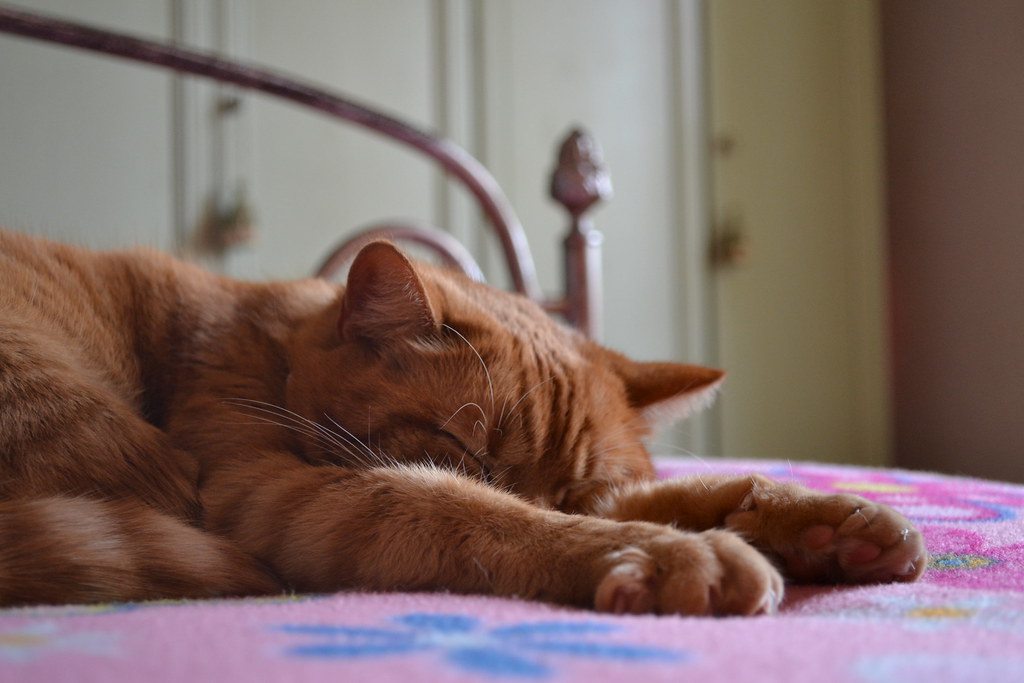7 Proven Ways Pets Make Students' Lives Less Stressful
Thursday, 20 July 2023
As a student, balancing school work, extracurricular activities, and personal life can be stressful. From endless assignments to exam preparation, the pressure can sometimes feel overwhelming. However, studies have found an unexpected source of stress relief – pets. Here are five proven ways pets can make a student's life less stressful.
Pets Provide Unconditional Love and Emotional Support
When assignments pile up and you start typing "write my assignment for me" into search engines, the pressure can feel intense. During these times, pets become a beacon of unwavering emotional support. With their unconditional love and companionship, they provide a sense of comfort and belonging that can alleviate stress.
Studies have shown that interacting with pets can boost oxytocin levels, the hormone associated with love and bonding while reducing cortisol levels, the hormone associated with stress. The presence of a pet can make you feel loved and understood, even in the absence of human interaction, providing a crucial emotional boost during challenging times.
Pets Encourage Regular Exercise
Physical activity is a proven stress-buster, and pets – dogs, in particular – require regular walks and playtime. This demand encourages you to take regular breaks from studying to stretch your legs and get some fresh air. This regular exercise can help clear your mind, reduce anxiety, and improve your mood. Additionally, regular physical activity improves sleep quality, a key component of stress management and overall well-being.
Pets Provide a Sense of Routine
One of the major stressors for students is the lack of a regular routine, especially during periods of remote learning or holidays. However, pets need a regular feeding, exercise, and care schedule. Maintaining a pet's routine can provide a sense of structure and predictability to your day, reducing stress levels and enhancing your time management skills.

Pets Encourage Social Interaction
Pets are natural ice-breakers, providing numerous opportunities for social interaction. Whether it's meeting other pet owners during a walk or engaging with classmates over pet-related topics, pets can help you form new friendships and deepen existing ones. Such social interactions can foster a sense of community and belonging, reducing feelings of loneliness and stress.
Pets Teach Mindfulness
Mindfulness, the act of being fully present and engaged in the current moment, is a proven method for reducing stress and anxiety. Pets, whether they're frolicking in the grass or quietly napping, are natural practitioners of mindfulness. They live entirely in the present, not worrying about the future or dwelling on the past. Observing and interacting with a pet can help you to adopt this mindful approach, grounding you in the present and helping you to take a break from academic pressures.
Pets Improve Focus and Productivity
Pets may also help improve focus and productivity, two essential aspects of successful learning. Regular breaks to pet or play with an animal can provide a necessary mental respite, allowing you to return to your work feeling refreshed and ready to concentrate. In fact, some studies suggest that having a pet in your study environment can increase your ability to stay focused on tasks. It's a bit like the Pomodoro Technique, a time-management method involving taking regular short breaks, but with the added bonus of a furry friend to distract you during your downtime.
Pets Help Develop Responsibility and Time Management
Having a pet is a significant commitment and requires a high level of responsibility. For students, this can be an opportunity to develop essential skills that extend beyond academics. Pets require regular feeding, exercise, grooming, and veterinary care, all of which require careful planning and time management. Balancing these tasks with academic responsibilities like attending classes, studying, or even figuring out when to pay for essay can be challenging, but it can also help you become more organized and efficient with your time. This real-life experience of caring for another being can prove to be invaluable, providing practical lessons in responsibility, prioritization, and time management.
In conclusion, while the pressure of academic life can be overwhelming, pets can provide a much-needed source of stress relief. Their unconditional love, the regular exercise they encourage, the routine they provide, the social interactions they foster, and the mindfulness they teach can all contribute to a significant reduction in stress. So, the next time you're feeling the pressure of academic life, consider spending some time with a pet. Their unique blend of companionship and carefree joy might be just what you need to make your student life less stressful.











